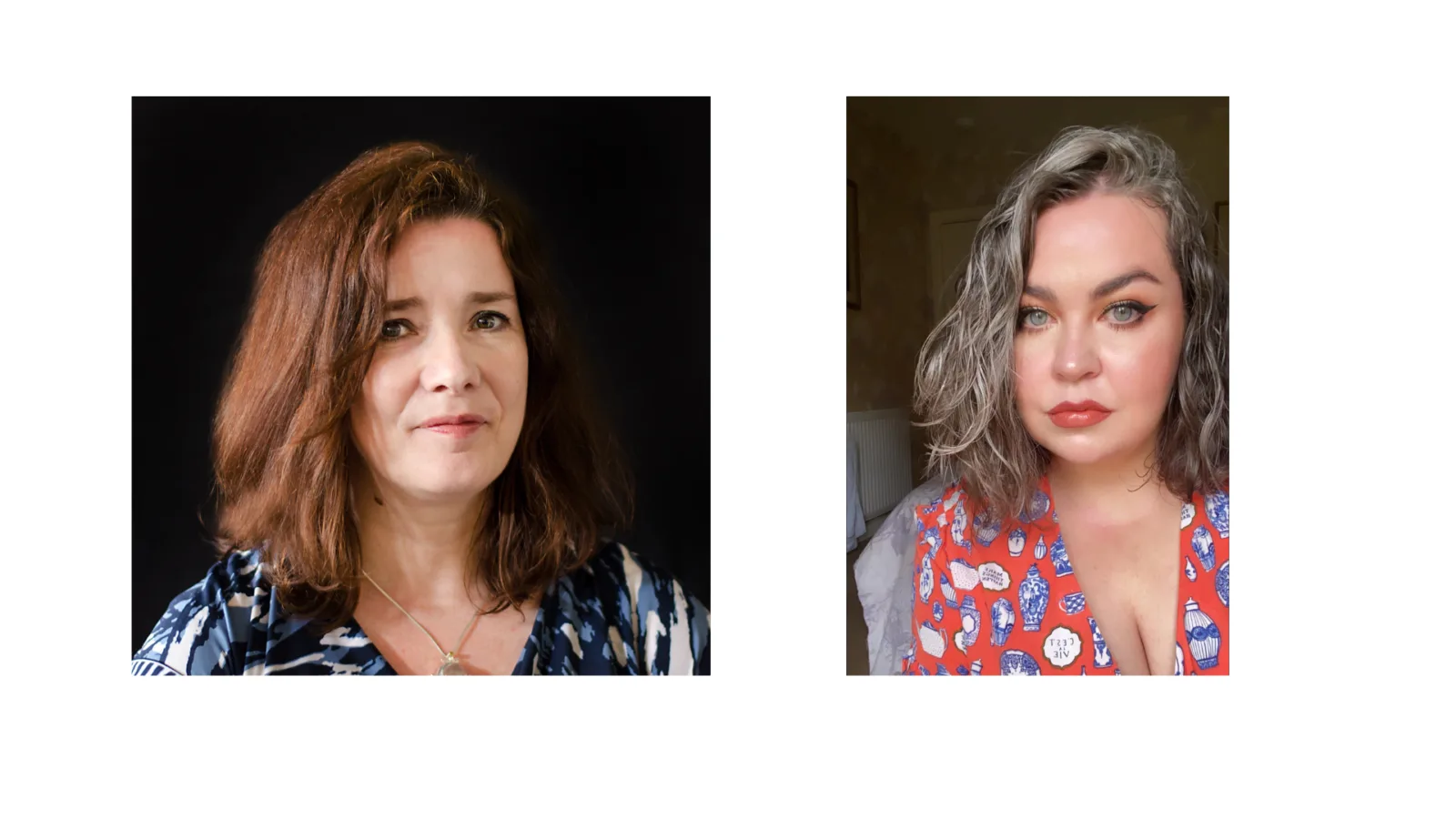Romantic Scraps/Romantic Papercuts
Catriona MacLeod, University of Chicago
An unnamed man (probably Friedrich Schlegel) cuts out silhouettes of himself to give away as party favors. So begins the longest fragment (#336) to appear in the programmatic Early Romantic Athenäumsfragmente of 1798, one that is attributed to theologian and philosopher Friedrich Schleiermacher. Papercutting is hidden in plain sight at the center of German Romanticism’s self-theorization. My paper, a chapter from my book in progress, will discuss the material, as well as theoretical fragments of German Romanticism, focusing on a close reading of a rare textual document on papercutting, Karl Varnhagen von Ense’s 1814 essay “Vom Ausschneiden” (“On Cutting Out”). It highlights the tension between what Varnhagen von Ense describes as an ephemeral and “fluttering” salon art, and what emerges over the course of his feuilleton piece by turns as an urban provocation, an instrument of racial profiling, and an occult, violent practice directed against women.
Collage before Modernism? Composite cultural production 1680-1912
Freya Growrley, University of Bristol
In the 1790s, when the cousins Jane and Mary Parminter of ‘A la Ronde’ (the house in which they lived together in Exmouth, Devon) ornamented the surfaces of their home with shells, paper, feathers, and bones, they were engaging in an aesthetic and intellectual tradition of collage production that had been prevalent for decades, and which would endure throughout the nineteenth century. Nevertheless, thanks to the low status occupied by women’s craft practices in the art historical canon, collage produced during this period has consistently been overlooked in histories of the genre, which usually attribute the invention of collage to the Cubist artists Pablo Picasso and Georges Braque in 1912.
This critical neglect has reinforced entrenched hierarchies within art history; differences between ‘high’ and ‘low’ art; divisions of modern and pre-modern; and the gendered separation between artist and amateur. Yet collage produced in the eighteenth and nineteenth centuries represents a vital moment in its history, when an unprecedented variety of composite objects proliferated thanks to the new availability of material and printed goods that characterised this period.
The Parminter’s decoration can therefore be situated in relation to a wide range of composite visual, material, and textual forms of production that were pervasive across the British empire at this time, and which included the creation of traditional paper collage, bibliographic objects such as scrapbooks and albums, scientific objects like herbaria, and craft practices such as paper cutting, quilting, and the creation of shell- and feather-work. Indeed, though the term collage is most often associated with paper, the centuries before modernism saw a diverse proliferation of assembled forms, discussed together for the first time in this project as examples of ‘composite cultural production’.
Registration
This event is free, but all participants must register in advance. Space is limited, so please do not request a paper unless you plan to attend.
About the European Art Seminar Series
The Center for Renaissance Studies European Art Seminar considers work in art history that explores painting, sculpture, graphic art, architecture, caricature, manuscript illumination, book arts, and material culture.
The coordinators for the Seminar in European Art are Suzanne Karr Schmidt (Newberry Library), Lia Markey (Newberry Library), and Walter Melion (Emory University).
The European Art Seminar is sponsored by the Samuel H. Kress Foundation.
